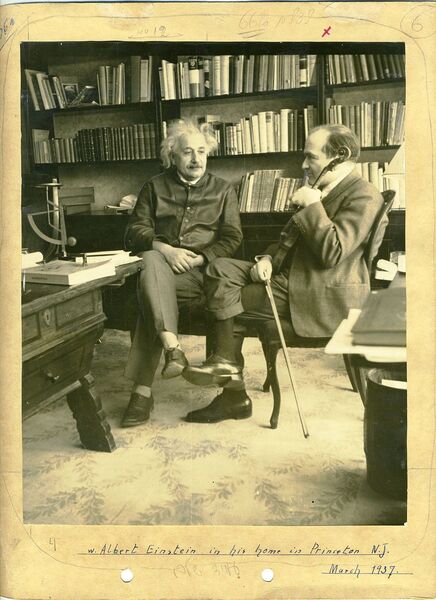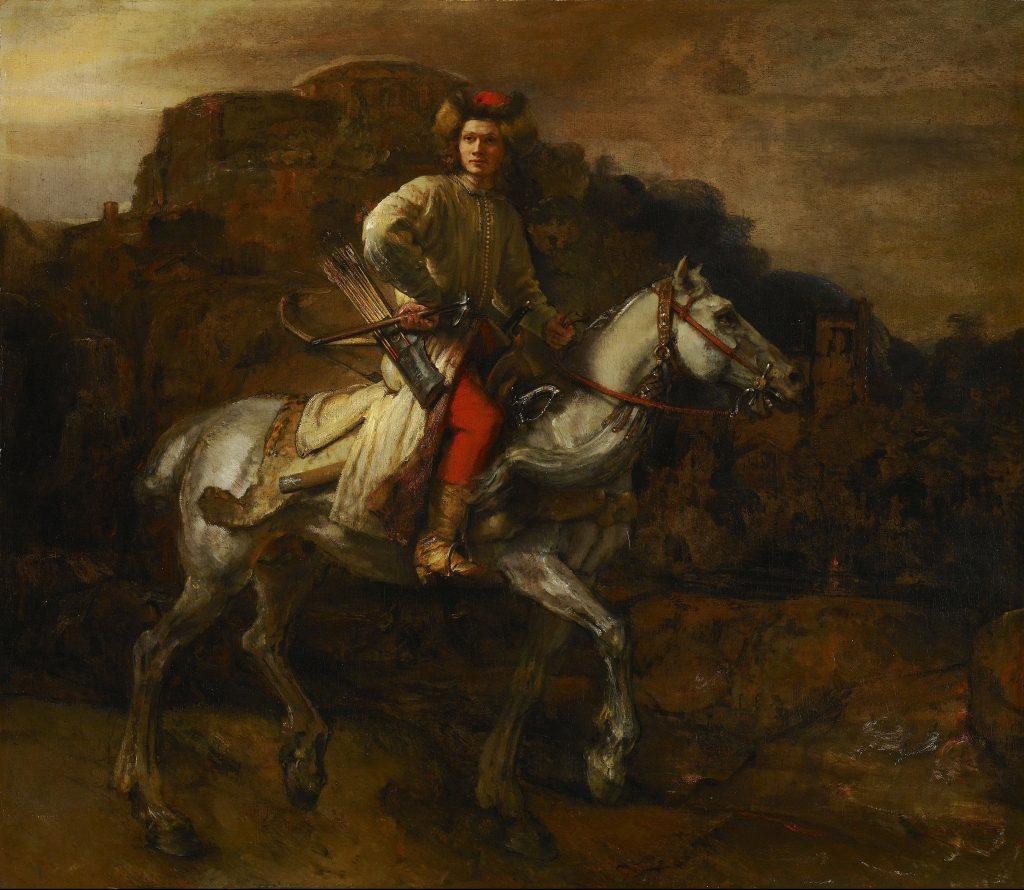
In the first half of the previous century, several classical Polish musicians enjoyed fame in the Netherlands. One of them was the composer, pianist and politician Ignacy Jan Paderewski (1860-1941), Poland’s Prime Minister in 1919, whose long wild hair was so renowned that it became an inspiration for Dutch jokes. Another was the violinist Bronisław Huberman (1882-1947), who gave multiple concerts in the Netherlands. Huberman was a child prodigy, and first played for a Dutch audience in his early teens. Later, in 1905, a Dutch newspaper described a concert he gave in Amsterdam as follows: “When he performed here some ten years ago as a boy of twelve years old, he amazed everyone with his violin play, and today he has returned to us as an artist, in whom a prematurely ripe nature has harmoniously developed in a rarely perfect manner. His violin play combines all the elements of an artist of the highest rank. What is particularly admirable in the case of Huberman, is that his phenomenal technique is ennobled by a passion for beauty, which wells up from the depths of his heart.” With his Palestine Symphony Orchestra, founded in Tel Aviv in 1936, he helped save up to a thousand Jewish musicians and their families from the Holocaust. Another famous Polish musician of Jewish heritage who on several occasions performed in the Netherlands was the pianist Artur Rubinstein (1887-1982).
*I originally wrote this post for the social media outlets of the Dutch Embassy in Poland. This was post no. 19.
